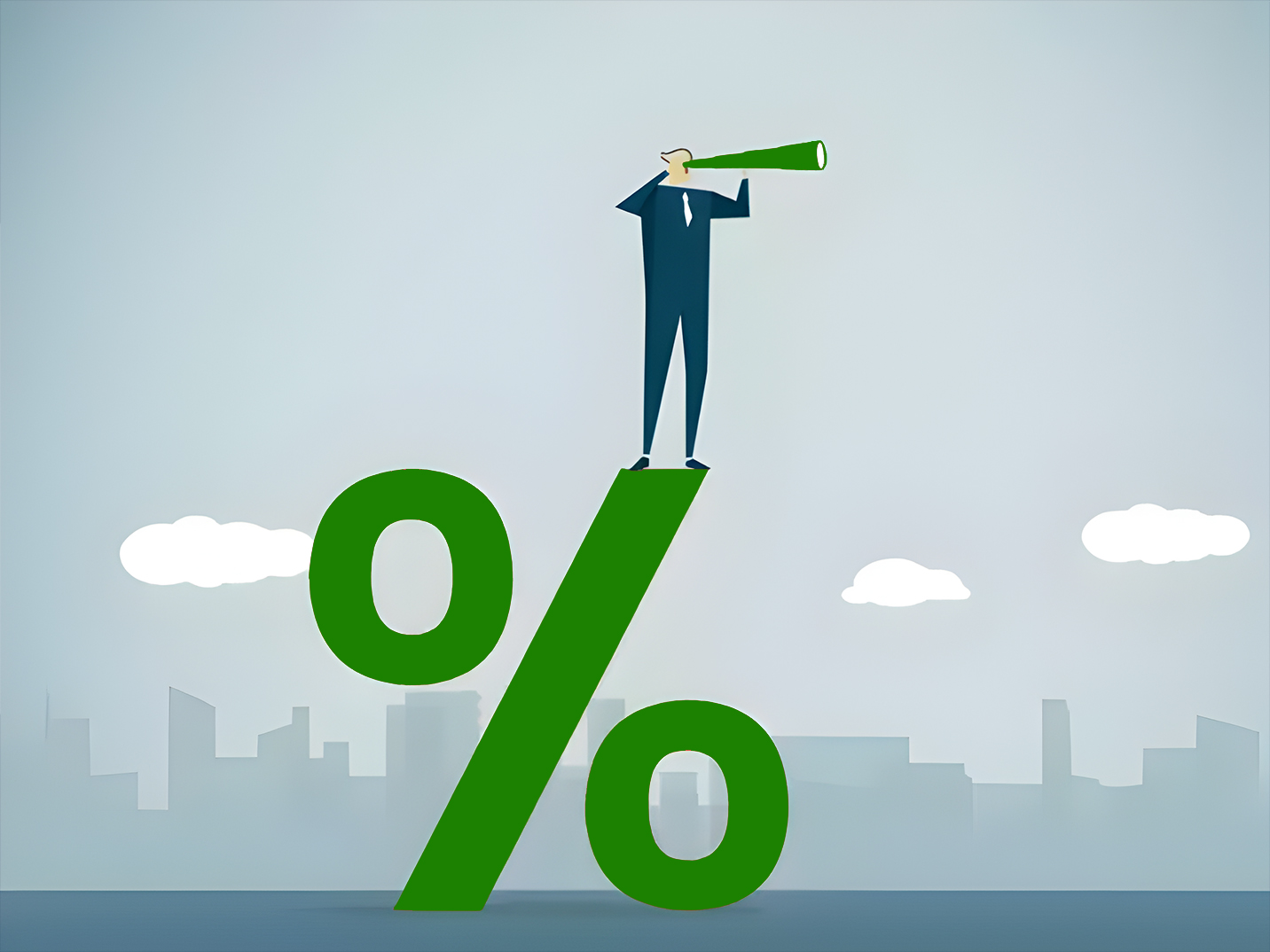Securing financial assistance through loans is a crucial decision for both businesses and individuals. Whether you’re an experienced entrepreneur seeking capital infusion for business growth or a novice contractor striving to kickstart your venture, choosing between business and personal loans demands a strategic evaluation of your financial requirements.
Distinguishing Features:
The primary disparity lies in the utility of these loans. Business loans are tailored to cater to a spectrum of business-related expenditures, encompassing operational costs, inventory procurement, machinery repairs, and employee payroll. In contrast, personal loans offer a more versatile application, extending beyond business needs to cover private expenses indirectly linked to your professional life, such as acquiring a residence in close proximity to your workplace.
Snapshot Comparison:
| Differences | Business Loan | Personal Loan |
|---|---|---|
| Use of Capital | Business-related expenses | Business and personal expenses |
| Tax Deduction | Potential deduction based on local laws | Not tax-deductible |
| Term | Longer repayment period | Shorter repayment period |
| Amount | <$50,000 to $5 million (variable) | $1,000 – $100,000 (variable) |
| Collateral | Secured with collateral | Mostly unsecured |
In-depth Analysis:
- Purpose of the Loan:
- Business loans are geared towards operational needs, while personal loans offer a broader spectrum covering both business and lifestyle-related outlays.
- Tax Deduction:
- Business loans may provide tax benefits, subject to local regulations, whereas personal loans seldom offer tax-deductible interest.
- Term:
- Business loans generally permit a more extended repayment timeline, ranging from two years to two decades, depending on the industry. Conversely, personal loans necessitate swifter repayment due to lower lending limits.
- Amount:
- Personal loans typically range from $1,000 to $50,000, whereas business loans exhibit greater variability, with institutions like Bank of America extending from $25,000 and the Small Business Administration (SBA) ranging from under $50,000 to $5 million.
Crucial Considerations:
- Credit History:
- Lenders scrutinize your business credit history for business loans and personal credit history for personal loans. Maintaining a robust credit score is imperative for favorable loan terms.
- Capital Requirements:
- Assess the magnitude of capital required; business loans offer higher limits, making them suitable for substantial financial needs, while personal loans may be preferable for smaller, short-term projects.
Tailoring to Your Business:
- Established Company with Credit Score Focus:
- Opt for short- to mid-term business loans to enhance your business credit score swiftly.
- Poor Business Credit but Strong Personal Credit:
- Leverage personal loans, capitalizing on your robust personal credit history to secure larger loans with favorable terms.
- No Collateral Preference:
- If collateral isn’t desirable, explore personal loans, as many traditional lenders don’t mandate collateral for short-term offerings.
Loan Type Implications:
- Business Loan:
- Lower interest rates, extended repayment duration, collateral requirement, potential tax deductions.
- Personal Loan:
- Higher interest rates, shorter repayment periods, typically unsecured, limited tax benefits.
Exploring Alternatives:
While loans are conventional, alternative financing methods exist:
- Grants:
- Organizations like the SBA extend grants, particularly for research-focused businesses, alleviating the burden of interest and debt.
- Equity:
- Offering equity to investors can secure capital without incurring hefty interest payments. This option involves collaboration, financial support, and strategic guidance.
FAQs:
- Loan Acquisition:
- Apply through the SBA website, online lenders, brokers, or traditional banks. The approval process involves credit checks and collateral considerations.
- Interest Calculation:
- Consult lenders or use loan calculators to determine interest rates and payments.
- No or Bad Credit Loans:
- Improve credit scores with smaller loans, consider co-applicants, or explore business lines of credit.
- SBA Loan Status:
- Track your SBA loan through the online portal, providing regular updates and comprehensive resources.
The choice between business and personal loans hinges on meticulous evaluation of your financial context, creditworthiness, and the specific needs of your venture. Understanding these nuances ensures an informed decision aligning with your business objectives.
